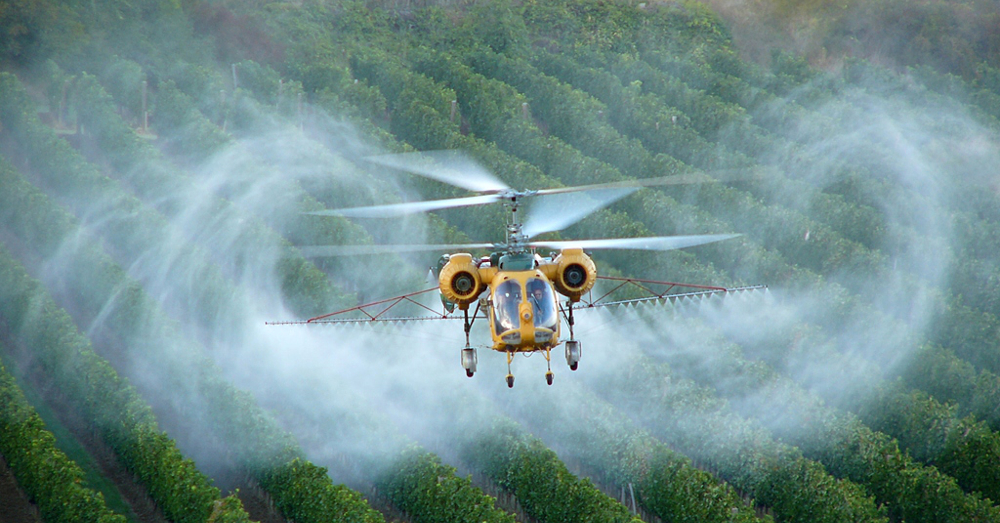
Why Farmers are Using Glyphosate to Kill Their Crops – and What It Might Mean for You
A use of glyphosate that few consumers are aware of also has contributed to its increased use: Pre-harvest crop desiccation. This practice involves applying the herbicide to a standing crop toward the end of the growing season with the express purpose of expediting the natural process that would occur, where a crop slowly dies and dries in the field. The glyphosate kills the crop so it can be dry enough to harvest sooner than if it were left to die naturally — allowing the farmer to clear the field before the onset of unfavorable weather. Given how long they are usually in storage, the moisture levels of grain crops need to be low enough to store without getting moldy.
December 19, 2017 | Source: Ensia | by Ben Hewitt
A common herbicide is ending up in our food, thanks to the growing practice of using it to dry crops in preparation for harvest.
December 19, 2017 — It was the spring of 1978 and I was 7 years old when the first scoops of Ben & Jerry’s ice cream were sold in Burlington, Vermont, about an hour from the rural home I shared with my parents and infant sister. I don’t remember when I got my first taste, but it probably wasn’t long after that, and it was the beginning of a nearly four-decade love affair that continues to this day.
Two years before the first Ben & Jerry’s scoop shop opened, the U.S. food system saw another first: The introduction of the herbicide glyphosate, commonly sold under the trade name Roundup. Glyphosate was introduced in the U.K. and Malaysia in 1974, but didn’t gain regulatory approval in North America until 1976, where it quickly earned favor in the agricultural industry for its weed-killing abilities. In the mid-1990s, genetically modified, glyphosate-resistant soybeans were introduced (other crops, including corn, canola, alfalfa and sorghum soon followed), allowing for broad-spectrum applications of the herbicide throughout the growing season and resulting in a massive uptick in use that, like my fondness for premium ice cream, continues unabated.
Another use that few consumers are aware of also has contributed to increased glyphosate use: Pre-harvest crop desiccation. Originating in Scotland in the 1980s, this practice involves applying the herbicide to a standing crop toward the end of the growing season with the express purpose of expediting the natural process that would occur, where a crop slowly dies and dries in the field. The glyphosate kills the crop so it can be dry enough to harvest sooner than if it were left to die naturally — allowing the farmer to clear the field before the onset of unfavorable weather. Given how long they are usually in storage, the moisture levels of grain crops need to be low enough to store without getting moldy. The practice has since gained significant traction in North America, particularly in the northern regions of the Great Plains and the grain belt of Midwestern and western Canada, where cold, wet weather comes early.
